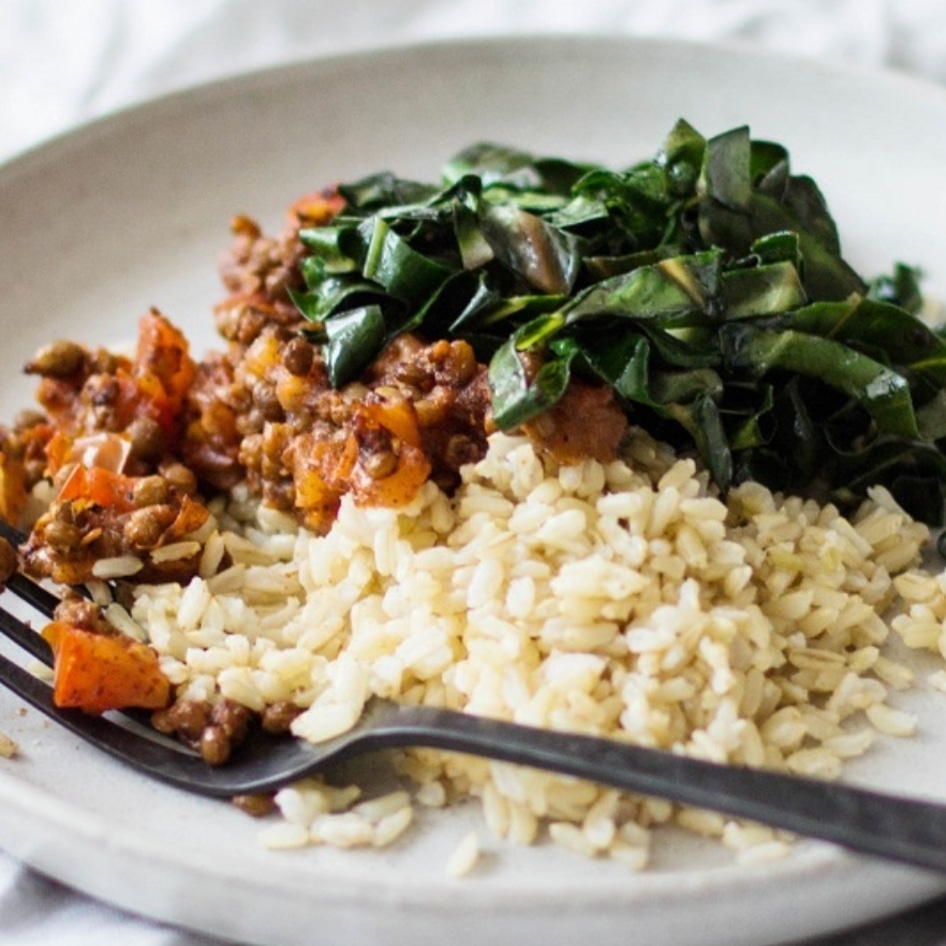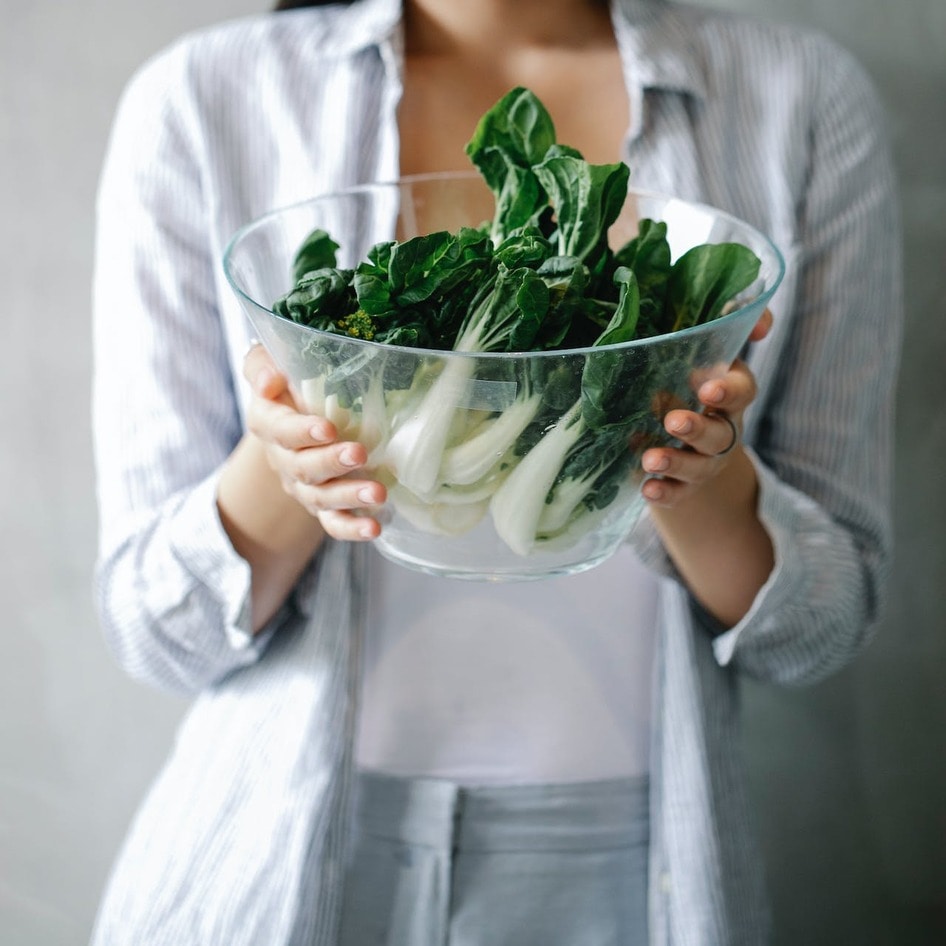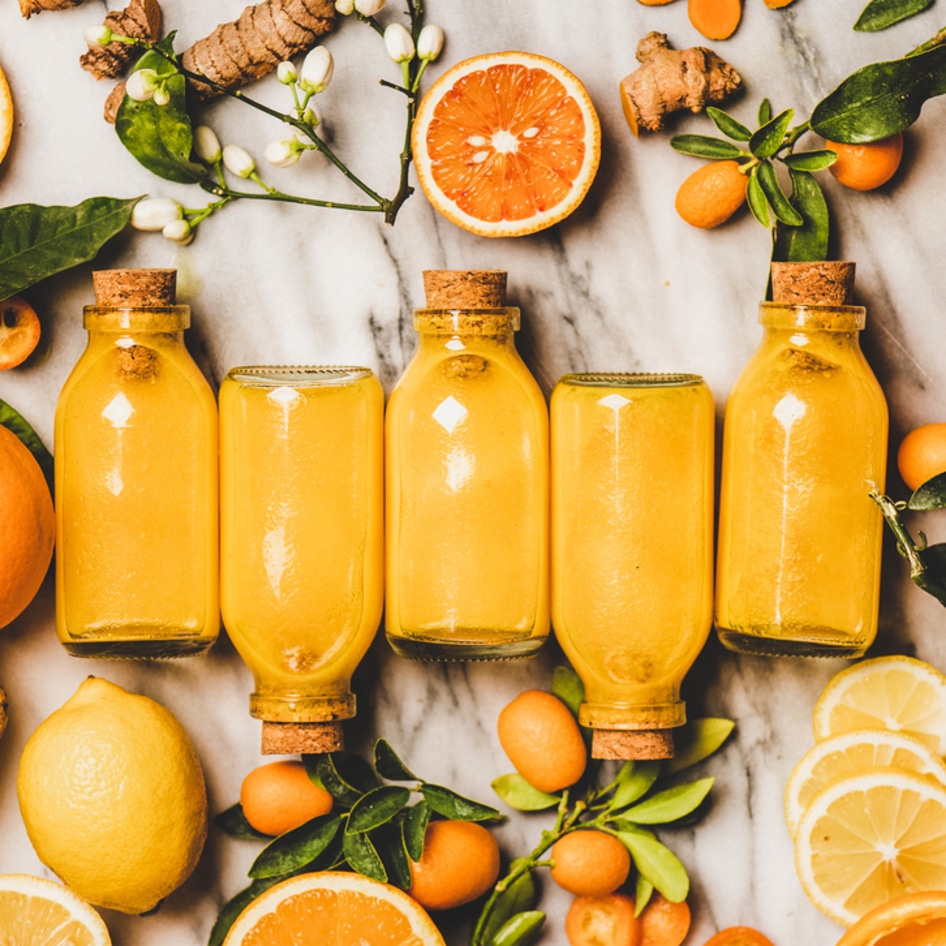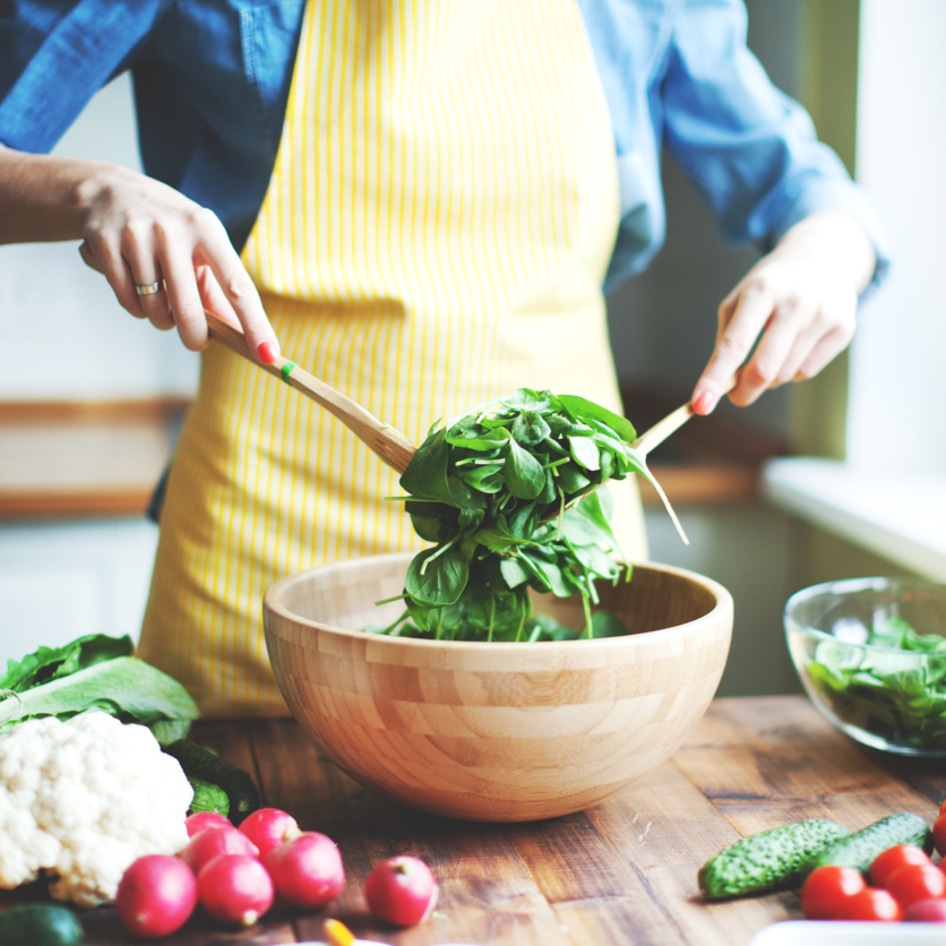5 Foods You Need to Eat Now
Stuff your shopping bag with these power-packed foods for your next healthy holiday gathering.
November 27, 2011
The holiday season is officially upon us—in addition to decking the halls, most of us are decking our plates with the most deliciously decadent and highly anticipated dishes of the year. Smooth mashed potatoes, flaky biscuits doused with savory gravy, and pumpkin pie are just the beginning of what holiday feasting is all about, as are the associated fat, calories, carbohydrates, and more. Before you indulge, stock up on these five foods, which pack as much nutritional goodness as they do taste. When the craze of diet-based New Year’s resolutions sets come January, your body will thank you!
Cranberries
You’re in luck with this festive fruit—given the seasonal prevalence of cranberry sauce, getting your fill of these healthy little berries is a piece of (Vegan Cranberry Upside-Down) Cake! New scientific evidence from the Worcester Polytechnic Institute proves what many have suspected for decades: Cranberries are effective in the prevention of urinary tract infections. The compounds contained in the berries also help keep E. coli, staph, and other bacteria from sticking to cells. In keeping with the holiday theme, the pilgrims who first arrived to the New World considered cranberries a medicine, warding against scurvy as a result of their high vitamin C content. Native Americans also found cranberries useful in fighting infections by grinding them into a paste to spread on wounds. With these health perks in mind, don’t feel guilty next time you have seconds (or thirds, or fourths…) of sweet, tangy cranberry sauce.
Taro Root
When it comes to holiday meals, starchy sides satisfy and satiate like no other. But where mashed potatoes fall behind in nutritional value, taro root can pick up the slack. One cup of cooked taro packs seven grams of cancer-preventing fiber—that’s more than a quarter of the recommended daily value. A single serving also provides nearly 20 percent of the RDA for vitamin E, a known antioxidant, and 22 percent of your daily need of vitamin B6, which helps the body create antibodies, break down protein and carbs, and keep blood sugar at a normal level. While Hawaiians are generally very familiar with taro root, their mainland counterparts may not realize how easy it is to incorporate into traditional meals. Surprise your guests with a new twist on fluffy white starch by whipping up Hawaiian-Style Mashed Taro with Ginger and Coconut from The Tropical Vegan Kitchen, or start the meal with some Taro Black Bean Soup. Raw foodists, beware—this root is poisonous when uncooked!
Ginger
As if you needed another reason to zest up your favorite side dishes with beloved ginger, this knotted rhizome has been used in Asian, Indian, and Arabic herbal traditions since ancient times to treat upset stomach, diarrhea, nausea, arthritis, colic, and heart conditions. The University of Maryland Medical Center also reports that it can aid in digestion, making it the perfect addition to any nosh-worthy feast. Ginger comes to the rescue again when working off those calories, as well—researchers at the University of Georgia have discovered that exercise-induced muscle pain can be reduced by consuming ginger daily. Bake a batch of Perfect Gingerbread Cookies or warm up with Ginger Carrot Soup and know you’re doing your body good.
Dark Leafy Greens
Whether you prefer kale, chard, or spinach, an abundant daily dose of dark, leafy greens has been proven to work wonders on your health. One cup of kale, for example, contains more than double the RDA for vitamin A—a known antioxidant—and nearly seven times the recommended dose of vitamin K, which reduces bone loss. Phytonutrient-rich arugula reduces the risk of developing cataracts and breast, colon, and stomach cancers. And for digestion, green veggies are crucial—a new study from The UK’s Babraham Institute in Cambridge found that green veggies contain a chemical compound that’s vital to gut health. Leafy greens also pack a fiber punch, keeping intestinal tracts clean and reducing the risk of heart disease and diabetes. So, before sitting down to a fat-filled holiday dinner, use the first course as an opportunity to take in a big marinated kale salad or sip on green juice. You’ll feel fuller for longer, with room left for dessert!
Red Onion
Onion plays a role in nearly every culinary tradition worldwide, and for good reason—in addition to its adaptable flavor, the brawny bulb also contains cancer-fighting, anti-bacterial properties. Eating half an onion daily has been proven to reduce the risk of stomach cancer by 50 percent and even help to suppress the common cold. The growth of cancer cells in the colon and liver slow down when red onion compounds are present in the body, proving that the ubiquitous onion-induced crying is well worth the trouble. A few great ways to add onion to a holiday meal could be a side of Roasted Green Beans, Red Onion, and Carrots, or by dousing mashed taro in British Red Onion Gravy—a two-for-one dish of health. For an easy weeknight snack, bake an Artichoke and Red Onion Vegan Pizza.
While these five foods will certainly work wonders on your health, nutritionists emphasize the importance of eating a diet balanced with all colors of fruits and veggies, in addition to a number of other healthy foods. Start with these five and work to add other types of fresh food to your holiday meals, so eating that second piece of pumpkin pie isn’t so bad.
JUMP TO ... Latest News | Recipes | Guides | Health | Shop







